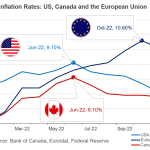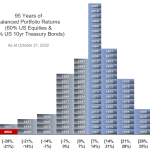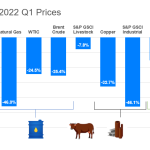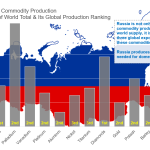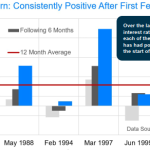| 
Pacifica
Partners Capital Management Inc.

This
report is for information purposes only and is neither a solicitation
for the purchase of securities nor an offer of securities. The
information contained in this report has been compiled from sources we
believe to be reliable, however, we make no guarantee, representation
or warranty, expressed or implied, as to such information’s accuracy or
completeness. All opinions and estimates contained in this report,
whether or not our own, are based on assumptions we believe to be
reasonable as of the date of the report and are subject to change
without notice. Past performance is not indicative of future
performance. Please note that, as at the date of this report, our firm
may hold positions in some of the companies mentioned.
Social
Media: It is Pacifica Partners Capital Management Inc.’s policy not to
respond via online
and social media outlets to questions or comments directed to it or in
response to its online and social media
publications. Pacifica Partners Capital Management Inc. does
not
acknowledge or encourage testimonials posted by third party
individuals. Third party users that have bookmarked Pacifica
Partners Capital Management Inc.’s social media publications or profile
through options
including “like”, “follow”, or similar bookmarking variations are not
and should not be viewed as endorsement of Pacifica Partners Capital Management Inc., its
services, or future or past investment performance. To view our full
disclaimer please click
here. Copyright
(C) 2014 Pacifica Partners Capital Management Inc. All rights reserved. |
|
|
|
